Carl Zeiss Batis 18 mm f/2.8
7. Coma, astigmatism and bokeh
| Center, f/2.8 | Corner APS-C, f/2.8 | Corner FF, f/2.8 |
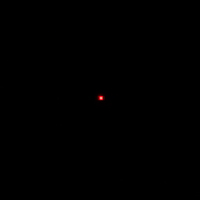 |
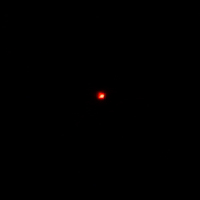 |
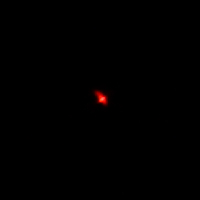 |
| Center, f/4 | Corner APS-C, f/4 | Corner FF, f/4 |
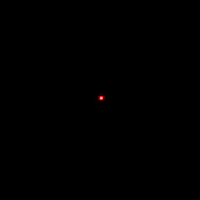 |
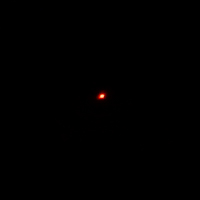 |
 |
A photo of a starry sky is the best way to reveal problems with comatic aberration. The photo you see below is a crop taken from an image we shot by f/4 using the A7R II camera.
Please Support UsIf you enjoy our reviews and articles, and you want us to continue our work please, support our website by donating through PayPal. The funds are going to be used for paying our editorial team, renting servers, and equipping our testing studio; only that way we will be able to continue providing you interesting content for free. |
- - - - - - - - - - - - - - - - - - - - - - - - - - - - - - - - - - - - - - - - - - - - - - - -
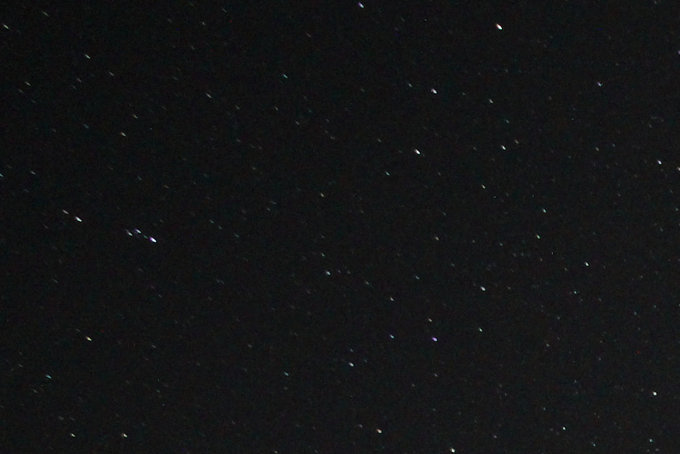 |
We took another photo by f/2.8 and changed its brightness so the differences of expositions, due to vignetting, were levelled off.
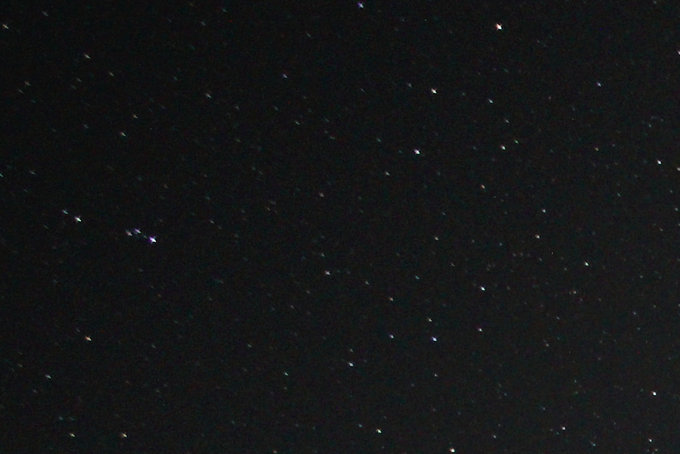 |
The crop is a part of an original image which you can find in our sample shots gallery. It must be emphasized that the result you see here is not a problem only when it comes to astrophotography. Coma and other aberrations decrease the resolution and it’s an effect visible in ordinary day light photos.
The astigmatism, understood as an average difference between vertical and horizontal MTF50 function values, amounted to 14.1% which means you are dealing here with its medium level. At the maximum relative aperture it might be as high as 19.9% but then it decreases very fast, being just 3.9% by f/5.6.
Zeiss products are known for their pleasant bokeh and out-of-focus circles with a very even light spread. Unfortunately the tested lens doesn’t match that description. The circles we got feature many distinct, concentric rings. It is connected to the element production process – precision glass-moulding instead of grinding and cutting. Such technology is cheaper and faster but it leaves a mark in a form of onion-ring bokeh. Additionally you can notice an influence of mechanical vignetting but you should keep in mind that, with these parameters, the lens is unlikely to produce big out-of-focus areas in photos.
| Center, f/2.8 | Corner APS-C, f/2.8 | Corner FF, f/2.8 |
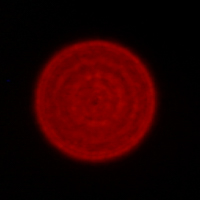 |
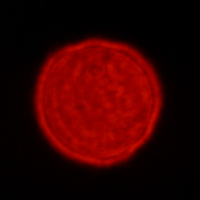 |
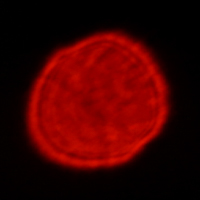 |
| Center, f/4 | Corner APS-C, f/4 | Corner FF, f/4 |
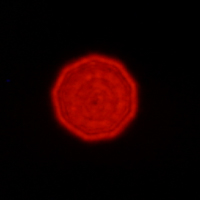 |
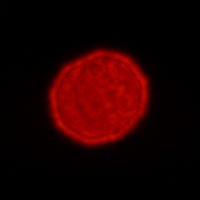 |
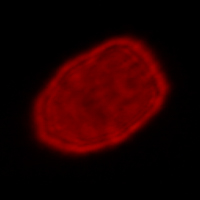 |






